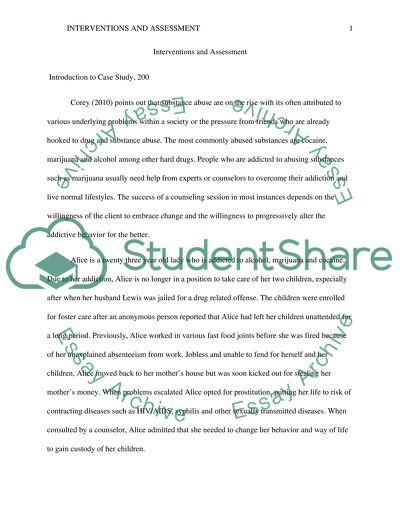Cite this document
(“Interventions and Assessment Research Paper Example | Topics and Well Written Essays - 3000 words”, n.d.)
Retrieved from https://studentshare.org/psychology/1400463-interventions-and-assessment
Retrieved from https://studentshare.org/psychology/1400463-interventions-and-assessment
(Interventions and Assessment Research Paper Example | Topics and Well Written Essays - 3000 Words)
https://studentshare.org/psychology/1400463-interventions-and-assessment.
https://studentshare.org/psychology/1400463-interventions-and-assessment.
“Interventions and Assessment Research Paper Example | Topics and Well Written Essays - 3000 Words”, n.d. https://studentshare.org/psychology/1400463-interventions-and-assessment.


